
INFECTION RECOMMENDATION LIST | |
RECOMMENDATION 1A | |
Diagnose a soft tissue diabetes-related foot infection clinically, based on the presence of local or systemic signs and symptoms of inflammation. (GRADE strength of recommendation: Strong; Quality of evidence: low) | |
RECOMMENDATION 1B | |
Assess the severity of any diabetes-related foot infection using the International Working Group on the Diabetic Foot / Infectious Diseases Society of America classification scheme. (Strong; moderate) | |
RECOMMENDATION 2 | |
Consider hospitalising all persons with diabetes and a severe (grade 4) foot infection and those with a moderate (grade 3) infection that is complex or associated with key relevant morbidities. (Strong; low) | |
RECOMMENDATION 3 | |
In a person with diabetes and a possible foot infection for whom the clinical examination is equivocal or uninterpretable, consider ordering an inflammatory serum biomarker, such as C-reactive protein, erythrocyte sedimentation rate, and perhaps procalcitonin, as an adjunctive measure for establishing the diagnosis. (Weak; low) | |
RECOMMENDATION 4 | |
As neither electronically measuring foot temperature nor using quantitative microbial analysis has been demonstrated to be useful as a method for diagnosing diabetes-related foot infection, we suggest not using them. (Weak; low) | |
RECOMMENDATION 5 | |
In a person with diabetes and suspected osteomyelitis of the foot, we recommend using a combination of the probe-to-bone test, the erythrocyte sedimentation rate (or C-reactive protein and/or procalcitonin), and plain X-rays as the initial studies to diagnose osteomyelitis. (Strong; moderate) | |
RECOMMENDATION 6A | |
In a person with diabetes and suspected osteomyelitis of the foot, if a plain X-ray and clinical and laboratory findings are most compatible with osteomyelitis, we recommend no further imaging of the foot to establish the diagnosis. (Strong; low) | |
RECOMMENDATION 6B | |
If the diagnosis of osteomyelitis remains in doubt, consider ordering an advanced imaging study, such as magnetic resonance imaging scan, 18F-FDG-positron emission tomography (PET)/computed tomography (CT) or leukocyte scintigraphy (with or without CT). (Strong; moderate) | |
RECOMMENDATION 7 | |
In a person with diabetes and suspected osteomyelitis of the foot, in whom making a definitive diagnosis or determining the causative pathogen is necessary for selecting treatment, collect a sample of bone (percutaneously or surgically) to culture clinically relevant bone microorganisms and for histopathology (if possible). (Strong; low) | |
RECOMMENDATION 8A | |
Collect an appropriate specimen for culture for almost all clinically infected wounds to determine the causative pathogens. (Strong; low) | |
RECOMMENDATION 8B | |
For a soft tissue diabetes-related foot infection, obtain a sample for culture by aseptically collecting a tissue specimen (by curettage or biopsy) from the ulcer. (Strong; moderate) | |
RECOMMENDATION 9 | |
Do not use molecular microbiology techniques (instead of conventional culture) for the first-line identification of pathogens from samples in a patient with a diabetes-related foot infection. (Strong; low) | |
RECOMMENDATION 10 | |
Treat a person with a diabetes-related foot infection with an antibiotic agent that has been shown to be effective in a published randomised controlled trial and is appropriate for the individual patient. Some agents to consider include penicillins, cephalosporins, carbapenems, metronidazole (in combination with other antibiotic[s]), clindamycin, linezolid, daptomycin, fluoroquinolones, or vancomycin, but not tigecycline. (Strong; high) | |
RECOMMENDATION 11 | |
Select an antibiotic agent for treating a diabetes-related foot infection based on: the likely or proven causative pathogen(s) and their antibiotic susceptibilities; the clinical severity of the infection; published evidence of efficacy of the agent for diabetes-related foot infections; risk of adverse events, including collateral damage to the commensal flora; likelihood of drug interactions; agent availability; and, financial costs. (Strong; moderate) | |
RECOMMENDATION 12 | |
Administer antibiotic therapy initially by the parenteral route to any patient with a severe (grade 4) skin and soft tissue diabetes-related foot infection. Switch to oral therapy if the patient is clinically improving and has no contraindications to oral therapy and if there is an appropriate oral agent available. (Strong; very low) | |
RECOMMENDATION 13 | |
Treat patients with a mild (grade 2) diabetes-related foot infection, and most with a moderate (grade 3) diabetes-related foot infection, with oral antibiotic therapy, either at presentation or when clearly improving with initial intravenous therapy. (Weak; low) | |
RECOMMENDATION 14 | |
We suggest not using any currently available topical antimicrobial agent for treating a mild (grade 2) diabetes-related foot infection. (Weak; moderate) |
